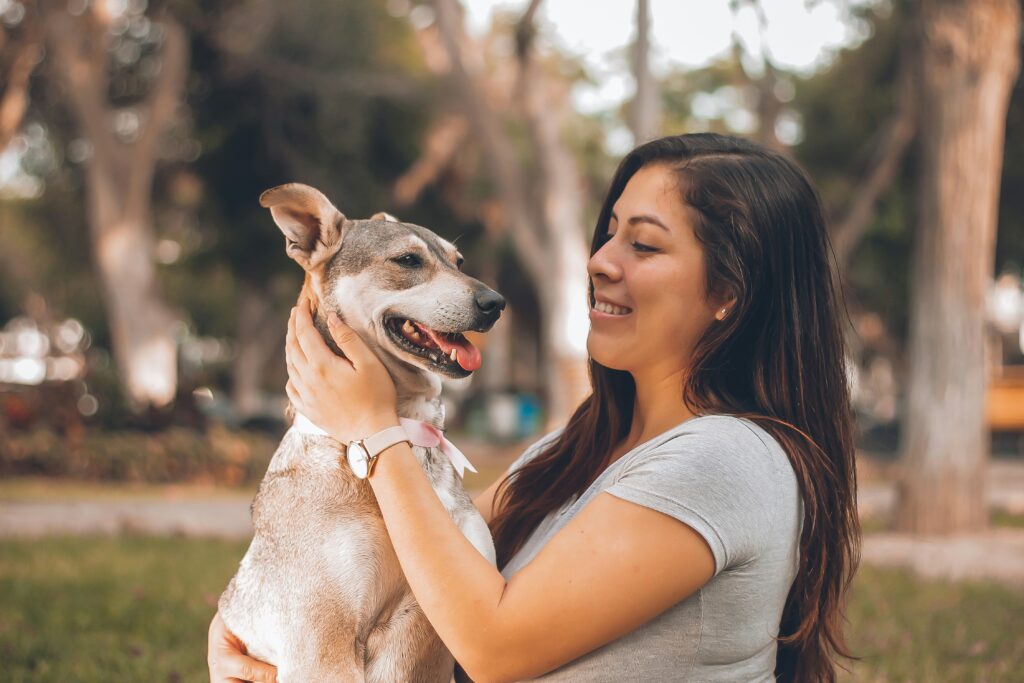Mindful Movement: Walking the World Like a Dog
To a dog, a walk isn’t just exercise — it’s an adventure, a storybook, and a meditation session all rolled into one.
They don’t rush to the end of the block just to turn around. Every sniff, sound, and movement matters. They’re not thinking about yesterday’s rain or tomorrow’s weather — they’re simply present.
And that’s exactly why walking like a dog can teach us so much about mindfulness.
1. Dogs Walk to Experience, Not Just to Get Somewhere
When you take a dog outside, they don’t have a “destination” in mind. They’re not walking to burn calories or hit a step goal. They’re walking to be in the moment.
Humans often turn walking into a checklist item — something to finish. But slowing down can transform it into something deeply restorative.
2. The Power of the Pause
Dogs stop constantly: to sniff, to listen, to watch a leaf blow by. Those pauses aren’t interruptions — they’re the main event.
In mindfulness, we’re encouraged to take these “micro-pauses” during the day to notice our surroundings and reconnect with ourselves.
3. Engaging All the Senses
A dog’s walk is a multi-sensory feast — the smell of a passing barbecue, the sound of children playing, the feel of cool grass under their paws.
On your next walk, try to:
-
Notice smells (fresh cut grass, baking bread, rain on pavement)
-
Tune into sounds (birds, footsteps, wind through leaves)
-
Feel textures (the ground beneath your shoes, the air on your skin)
4. Accepting Distractions
Dogs are famously distractible — and while that can be frustrating for owners, it’s also a lesson in openness.
They don’t beat themselves up for losing focus; they simply follow their curiosity, then return to the moment at hand.
5. Moving at the Right Pace
Dogs naturally adjust their pace to the moment — a slow sniffing stroll, a quick trot after a squirrel, a pause to greet a friend.
Mindfulness walking invites us to honor our own pace, instead of pushing ourselves to match the speed of others.
6. The Emotional Reset of Walking
Ever notice how a dog’s mood often improves after a walk? That’s no accident. Movement, fresh air, and sensory engagement help them reset.
The same works for us — a mindful walk can dissolve stress, improve focus, and shift our perspective.
How to Walk Like a Dog: A Mindfulness Guide
-
Leave the phone behind (or at least on silent in your pocket).
-
Let your eyes wander — notice colors, shapes, and movement.
-
Breathe in the air deeply at least three times during your walk.
-
Allow pauses without feeling rushed.
-
End with gratitude — thank yourself for taking the time.
Why This Matters
In our busy world, walking often becomes a means to an end — getting from A to B. But when we walk like a dog, every step becomes the point.
We connect more deeply with our surroundings, our bodies, and our own sense of peace. That’s the gift of mindful movement — and our four-legged friends have been modeling it for us all along.


